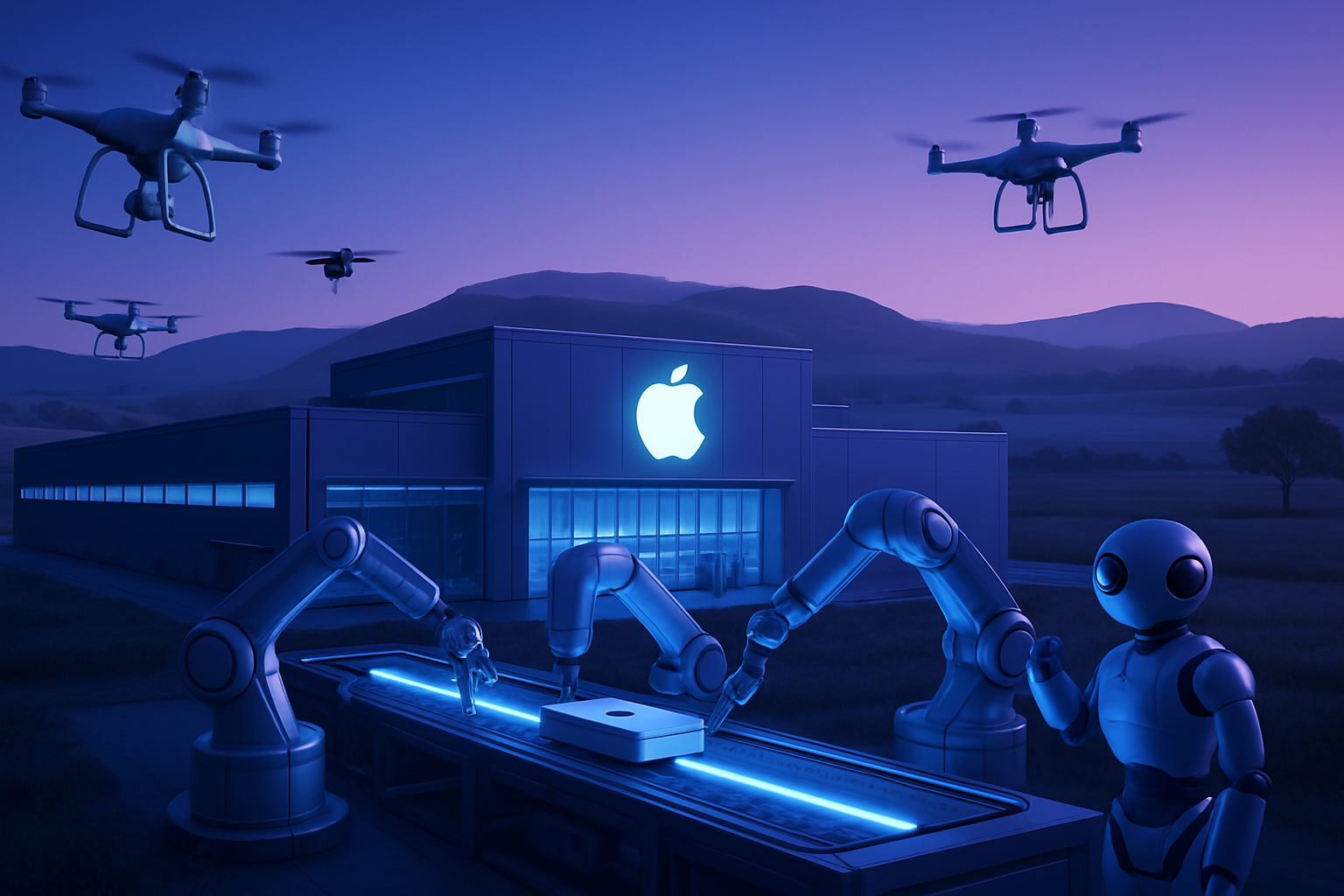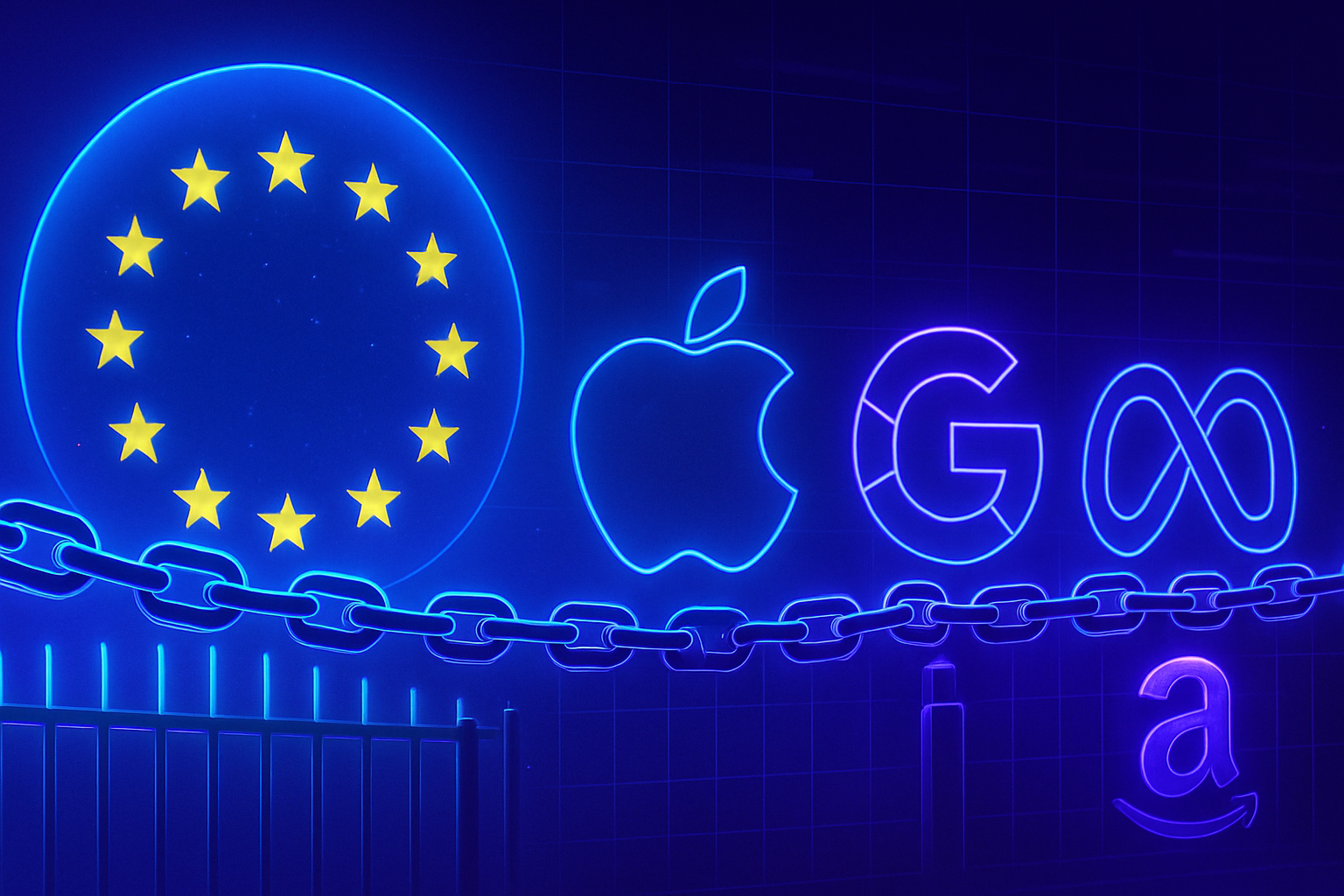ההתקדמות הטכנולוגית continues to transform the world at a breakneck pace. In this article, we will address a fascinating achievement in the field of drone racing: Swift, the control system designed by researchers at the University of Zurich that uses deep learning algorithms to compete with humans, even surpassing them, during competitions.
אִתְגָּרִים בְּרִפּוּس דְּרוֹנִים וְהַכּוֹשֶׁר שֶׁל SWIFT לְהֵיטִיב אִתוֹתָם
Drone racing has been popular for several years and presents a major technical challenge, both for pilots and for drone designers. Speed, agility, and precision are key factors in these competitions, where every millisecond counts. Drones must be able to navigate around obstacles and follow optimal trajectories to maximize their performance. This is where Swift comes in, the autonomous control system based on artificial intelligence (AI), which makes real-time decisions to pilot a drone more effectively and quickly than its human competitors.
איך SWIFT פועל?
To understand how Swift outperforms humans in drone races, we must first take a look at the technologies that allow this innovative system to function. Swift is based on deep reinforcement learning algorithms, which allow it to adjust its decisions based on data coming from the drone's sensors. It also relies on simulations to train and improve its performance before each race.
אִימּוּן בְּסִימּוּלָצִיָּה
One of the keys to Swift's success lies in its ability to learn from its mistakes and adjust its behavior accordingly. Researchers have used detailed physical models to create accurate simulations of reality, where they trained the AI to become increasingly performant. By going around the virtual circuit an uncountable number of times and crashing regularly, Swift has been able to learn from its mistakes and continuously refine its skills.
צְבִיעִית וְהַמָּנָע מֵעָקָב
As Swift progresses, it becomes capable of navigating with astonishing precision and making the best decisions to avoid obstacles while following the optimal trajectory. Thanks to the data collected during its virtual trainings, the AI is able to anticipate the movements of other drones and obstacles that were integrated into its simulations, thereby giving it a certain advantage during real races.
SWIFT מִתּוּכְנִית אֶל הַתְּמוּנוֹת הַיְקָרות
Although drone racing has traditionally been dominated by human pilots, Swift shows that artificial intelligence can compete, even surpass, the skills of the best pilots. Its recent victory in an international competition is proof of this: the AI drone defeated several human competitors, setting a new speed record on the circuit.
הַשְּׁרוּנוֹת וְהָעָתִיד שֶׁל דְּרוֹנִים וּטֶכְנוֹלוֹגִיָּה שָׁל בִּינָה מְיוּחֶדֶת
The application of technological advancements in sports and competitions highlights the infinite possibilities that artificial intelligence can offer to various sectors. As far as drone racing is concerned, it is highly likely that the use of AI such as Swift will become increasingly common in the coming years, heralding a new era of competition.
הַזְּרֻמִים לְבָחִירָה בֵּין אֶת וּבְּאַחַרֵי דְּרוֹנִים
Beyond sports, artificial intelligence could also be used to optimize performance in other sectors such as scientific research, medicine, or environmental crisis management. For example, one can imagine autonomous drones capable of mapping hard-to-reach areas during natural disasters, or even devices using deep learning to make accurate and rapid diagnoses in medical situations.
In conclusion, Swift represents a major advance in the field of drone racing and demonstrates the extraordinary potential of artificial intelligence. Researchers will certainly continue to explore this technology, which promises to transform the way we perceive and use drones and other connected devices in the near future.






